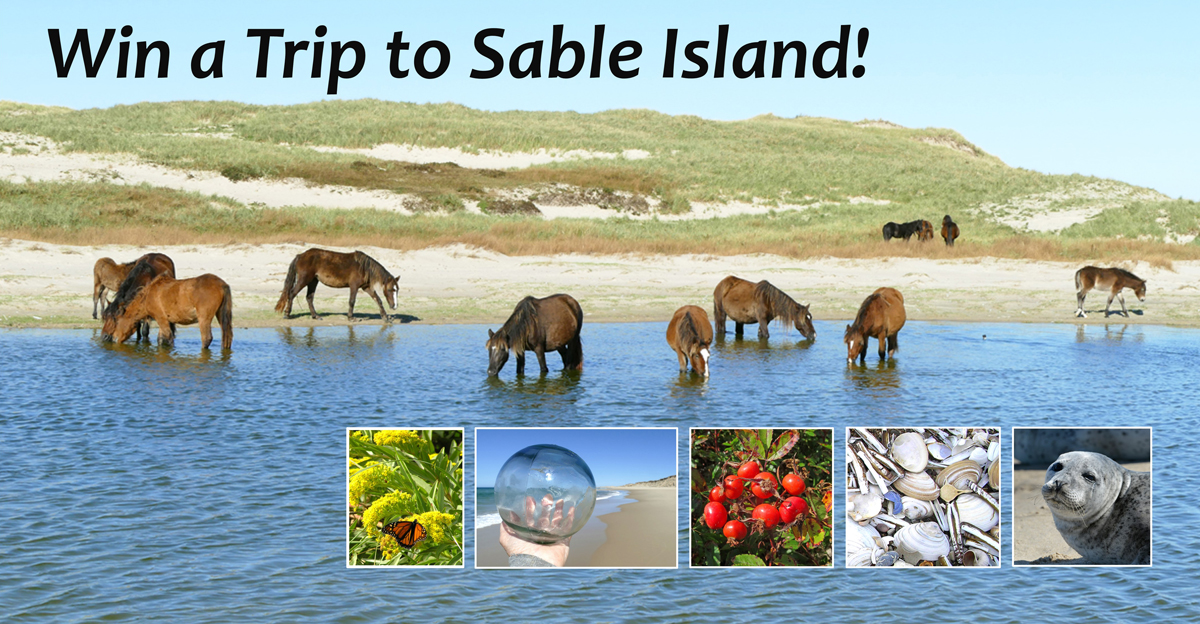
A Trip to Sable Island – the Winners!
A Sable Island Institute fundraising raffle for seats on a helicopter day-trip to Sable Island in mid-October 2024.

A Sable Island Institute fundraising raffle for seats on a helicopter day-trip to Sable Island in mid-October 2024.
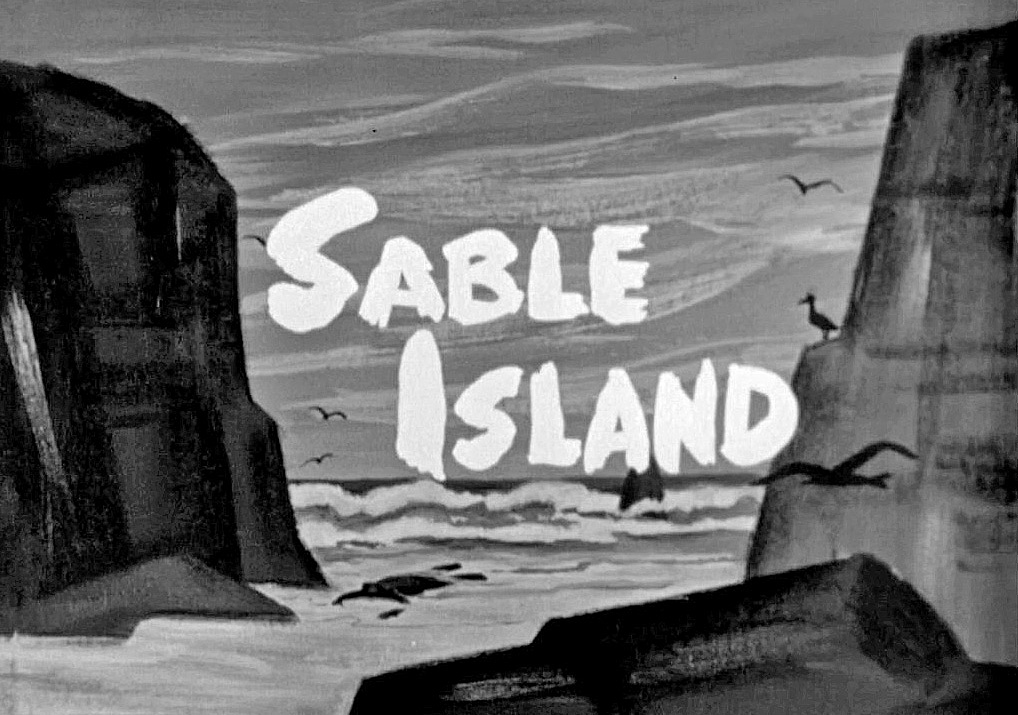
I first learned about Sable Island as a 10 year-old city boy from England… watching television alone on a sunny Saturday afternoon… a 1956 CBC documentary about Sable Island.
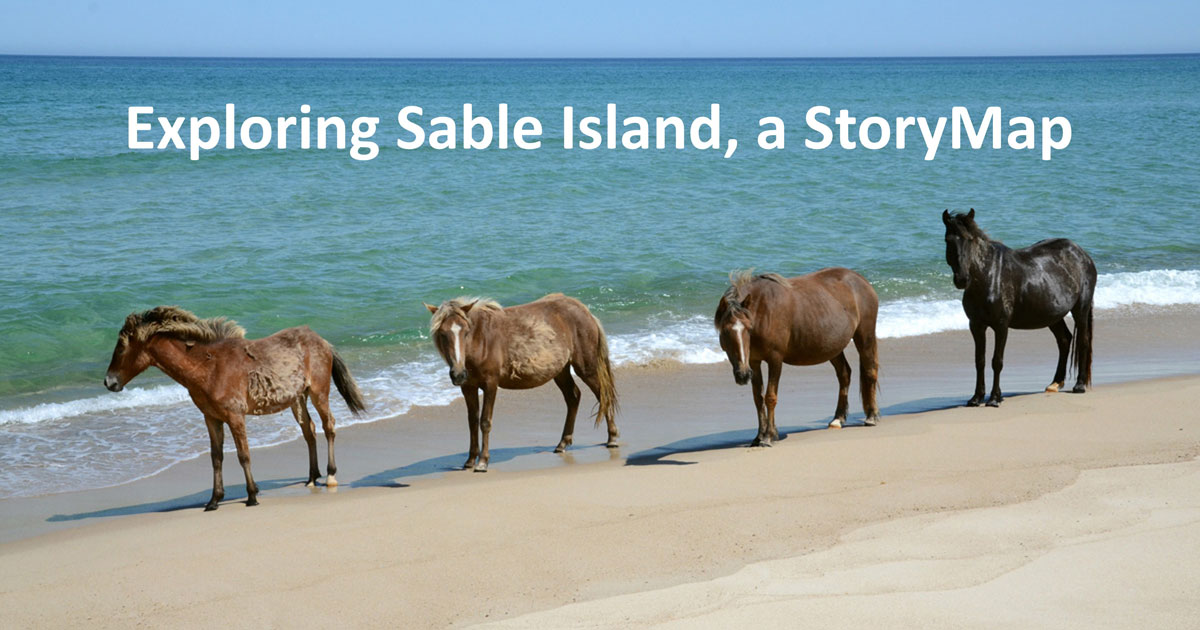
The SII plans to develop a program of engaging and responsive online opportunities for people to connect with the island, and we begin with this StoryMap project, a collaboration with COGS.
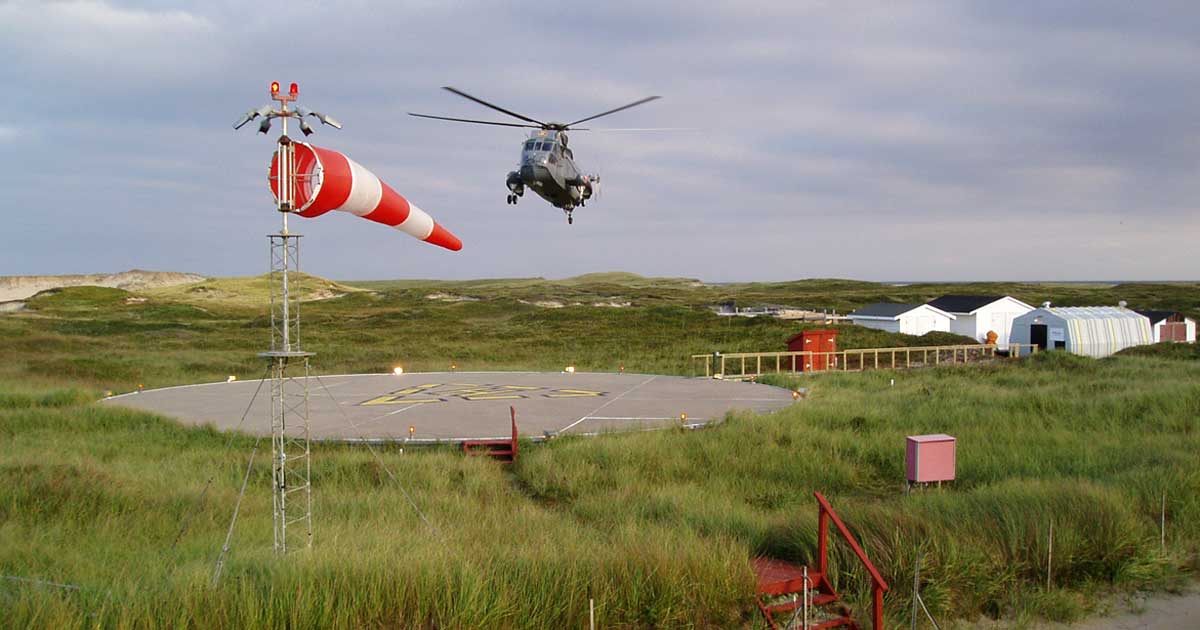
Since 1801 Sable Island has provided safe haven for shipwreck victims, and during the past six decades, has served as an emergency landing and/or refuelling site for helicopters, including SAR.
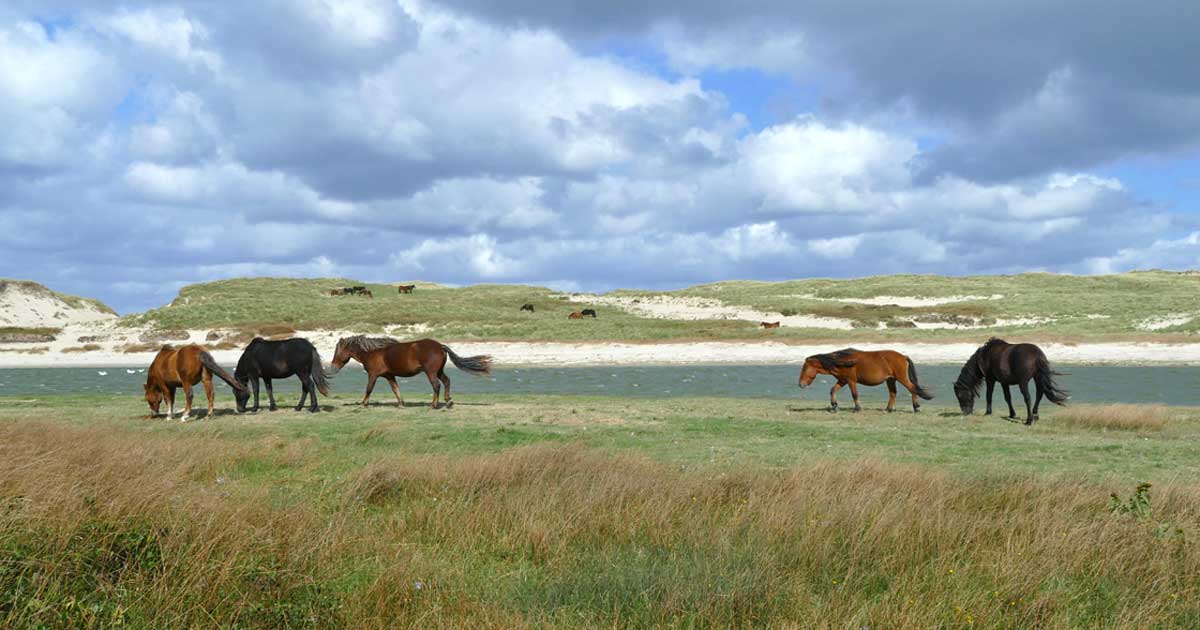
Series #2, Zoe’s daily posts from Sable Island to Facebook.

In the early 1960s my father, Sid Forward, was employed as an electrician on Sable Island. He was responsible for maintaining the lights and diesel power station. I celebrated my 4th birthday on the island. Sable was a wonderful adventure for a child. We lived in a huge sandbox with dunes to roll down and horses to ride. We were surrounded by amazing wildlife and even got to “check out” the occasional helicopter or airplane.
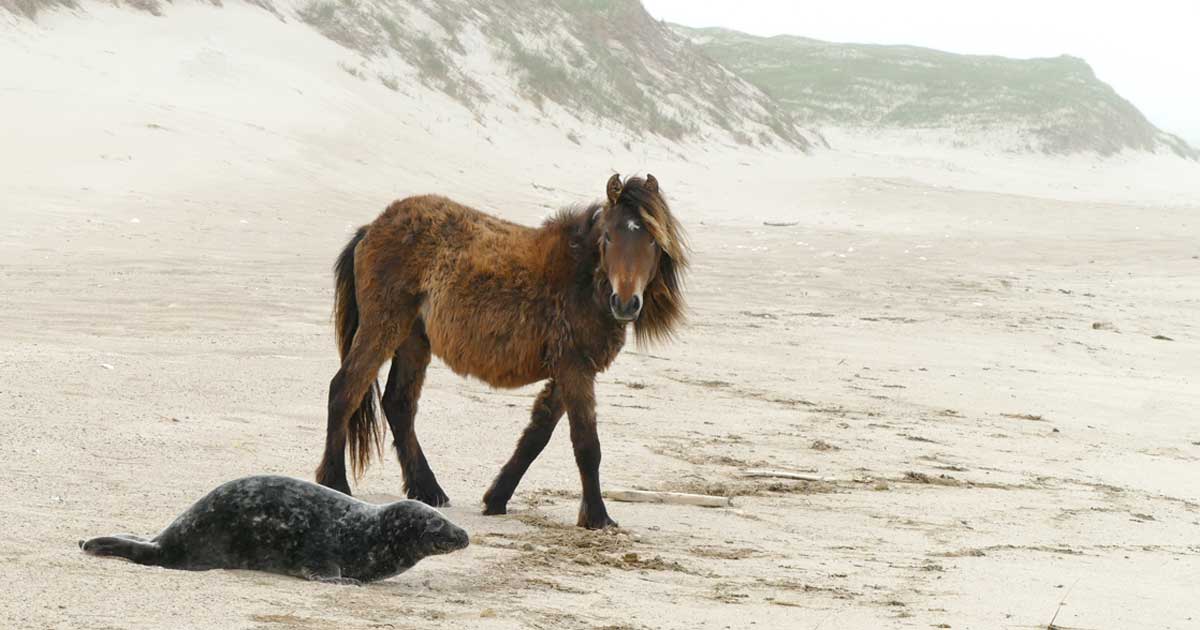
Series # 1, Zoe’s daily posts from Sable Island to Facebook.
by Harriet Ritchie When I first felt the salt air in my lungs, and tested out my new legs by running across the sand,
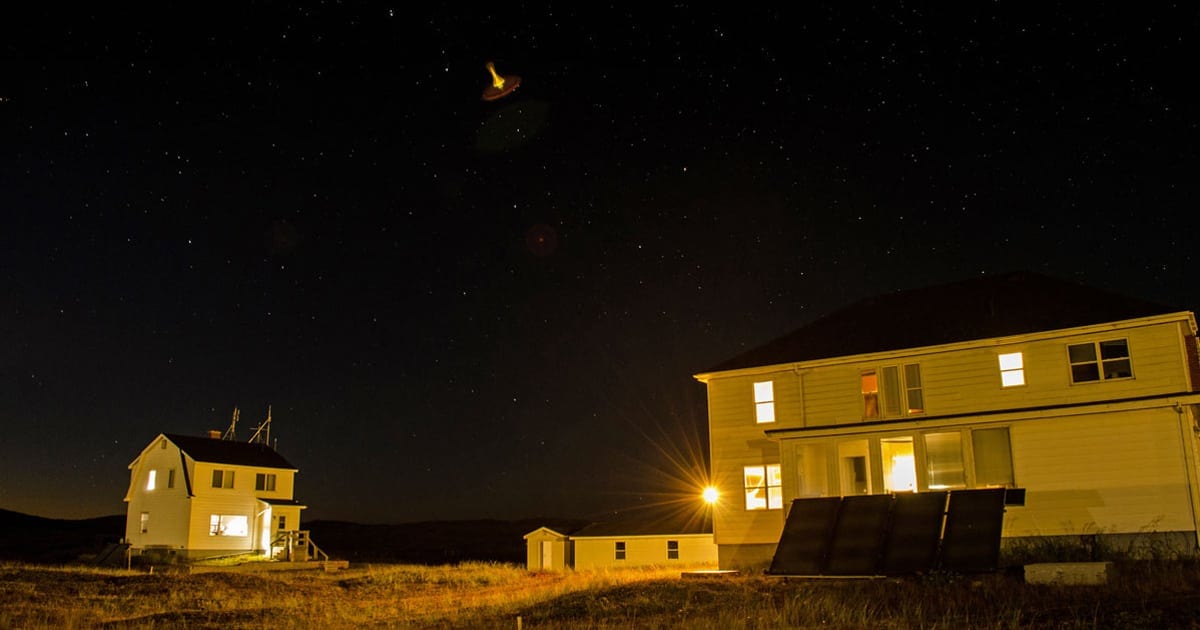
On a clear night Wayne Broomfield set up his tripod and took a series of photos. Later, when he examined the images, he saw a shape like a spinning top glowing in the sky above the Sable Island Station.
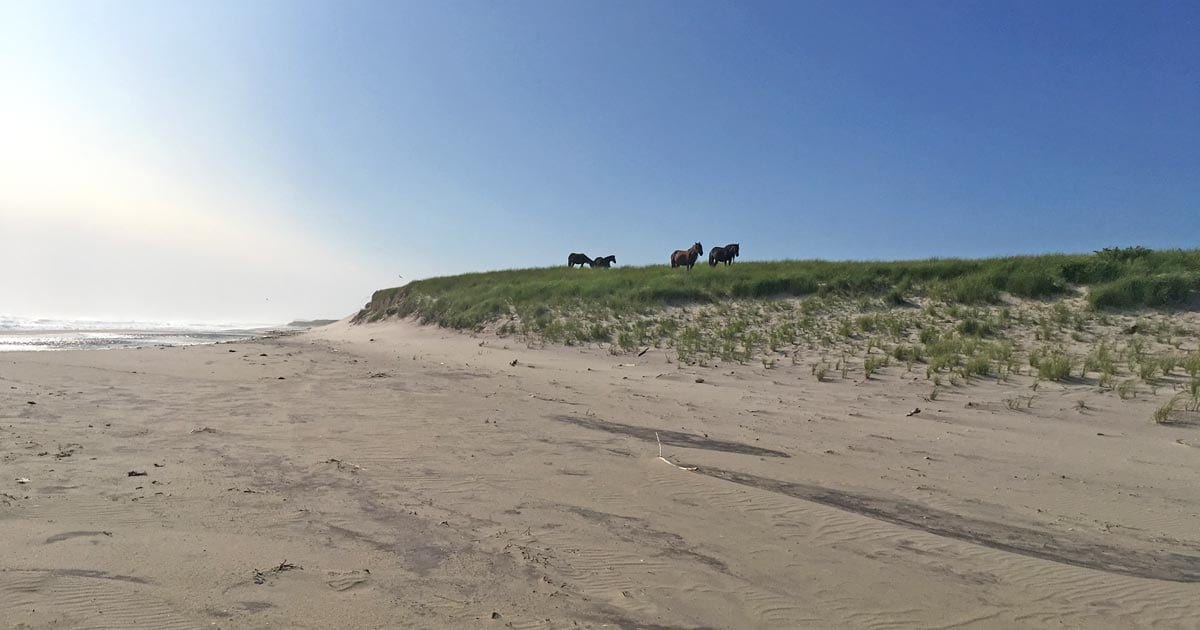
I arrived on Sable Island in winter 2013—it was certainly like no where else I had ever experienced. I got off a helicopter and one of the first things I was told was: don’t step too close to the seals.

Website development by Boom12; development & design by Zoe Lucas/SII and Alison K Consulting; © 2025 Sable Island Institute, all rights reserved. Privacy Policy.